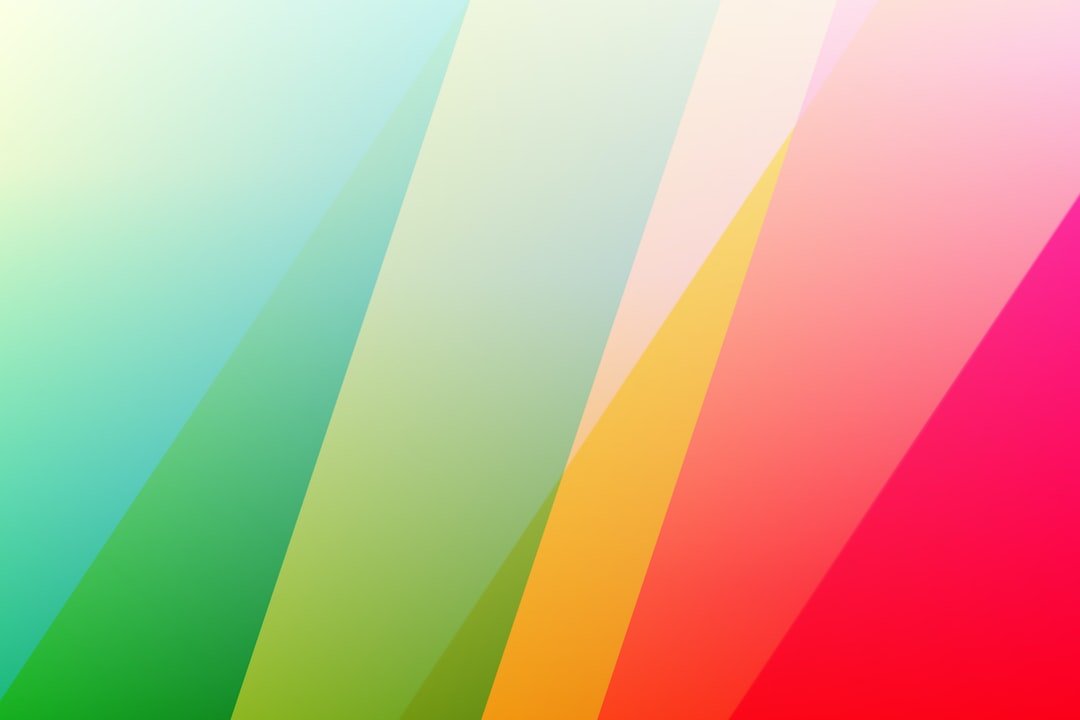
Welcome to the colorful world of resin art! If you're an artist at heart or simply looking for a new creative outlet, resin art is a fantastic medium to explore. One of the most exciting aspects of working with resin is the ability to mix and play with colors to create mesmerizing effects. In this article, we'll dive into the art of color mixing in resin and share some tips and tricks to help you become a master of hues and shades.
The Basics of Color Theory
Before we jump into the practical side of color mixing, let's brush up on some color theory. Understanding the basics will give you a solid foundation to build upon and will empower you to create harmonious and visually appealing resin art.
Colors are typically classified into three primary categories: primary, secondary, and tertiary. Primary colors include red, blue, and yellow. These colors cannot be created by mixing other colors together. Secondary colors, on the other hand, are created by blending two primary colors. For example, mixing blue and yellow produces green. Lastly, tertiary colors are created by mixing a primary and a secondary color.
Another important concept in color theory is the color wheel. The color wheel is a visual representation of how colors relate to one another. It consists of twelve colors, including the primary, secondary, and tertiary colors. The wheel is divided into warm and cool colors, with warm colors like red, orange, and yellow evoking energy and vibrancy, while cool colors like blue, green, and purple create a sense of calm and tranquility.
Tools for Color Mixing
Now that we've covered the basics, let's talk about the tools you'll need to master color mixing in resin art. Here are a few essentials:
Pigments and Dyes
When it comes to color mixing in resin, you have two main options: pigments and dyes. Pigments are highly concentrated powders or pastes that are added to the resin to achieve the desired color. They offer vibrant and opaque results. Dyes, on the other hand, are liquid colorants that are transparent and can create stunning translucent effects in resin.
Measuring Tools
Precision is key when it comes to color mixing. Having measuring tools such as graduated cups and pipettes will help you achieve consistent and accurate color ratios. This will ensure that your colors mix well and produce the desired results.
Stirring Sticks
Stirring sticks are essential for thoroughly mixing the colors into the resin. You can use wooden craft sticks or silicone stir sticks. Make sure to have separate sticks for each color to avoid cross-contamination and muddying of colors.
Experimenting with Color Mixing
Now that we have our tools ready, it's time to dive into the exciting world of color mixing! Here are some tips and techniques to help you get started:
Start with a Solid Foundation
Before you begin mixing colors, it's essential to have a clear idea of the color palette you want to work with. Take some time to plan and envision the colors you want to combine. Consider the mood you want to create with your resin art piece and the emotions you want to evoke.
Start with Primary Colors
When starting out, it's best to begin with primary colors – red, blue, and yellow. These colors are versatile and can be mixed to create a wide range of secondary and tertiary colors. Experiment with different ratios to achieve different shades and intensities.
Keep a Record
As you experiment with color mixing, it's a good idea to keep a record of the ratios and combinations you use. This will help you recreate specific colors in the future and allow you to refine your color mixing skills over time.
Embrace the Unexpected
Don't be afraid to embrace happy accidents and unexpected color combinations. Sometimes the most beautiful and unique effects come from experimenting and taking risks. Allow yourself to explore and let your creativity flow.
Creating Stunning Color Combinations
Now that you have a grasp of the basics and some tips for color mixing, let's explore some stunning color combinations that you can incorporate into your resin art:
Oceanic Blues
Combine different shades of blue with a touch of turquoise or green to create a mesmerizing oceanic artwork. This color palette is perfect for creating waves, seascapes, or underwater scenes that evoke a sense of calm and tranquility.
Magical Galaxy
Mix deep purples with vibrant pinks and hints of gold or silver to create a celestial masterpiece. This color combination is ideal for creating galaxy-inspired resin art with swirling nebulas and twinkling stars.
Earthy Tones
Blend warm earthy tones like browns, oranges, and yellows to create a rustic and organic feel in your resin art. This color palette works wonderfully for nature-inspired pieces such as landscapes, flowers, and abstract textures.
Unleash Your Colorful Creativity
Congratulations! You've now unlocked the secrets to mastering color mixing in resin art. Armed with the knowledge of color theory, the right tools, and some experimentation, you're ready to unleash your colorful creativity and create stunning resin art pieces that will leave everyone in awe.
So, what are you waiting for? Grab your pigments, dyes, and measuring tools, and let your imagination run wild. Dive into the world of color mixing, create your own unique combinations, and watch as your resin art comes to life with vibrant hues and captivating effects.
Remember, the journey of mastering color mixing is an ongoing process. Embrace the joy of experimentation, learn from your experiences, and continue to push the boundaries of your creativity. The possibilities are endless, and the world of resin art is yours to explore.
Now, go forth and unleash your inner color alchemist!
